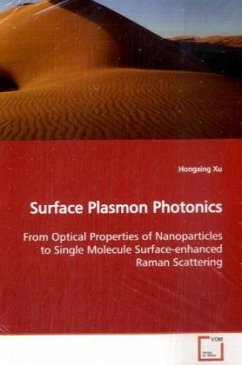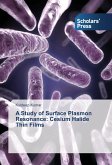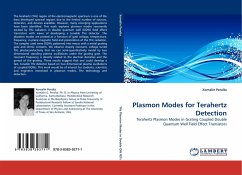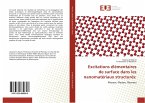This thesis deals with the optical properties of
Localized surface plasmon resonances (SPR) determine
the main optical properties of Ag and Au
nanoparticles in the visible. Under certain
conditions, SPR can give rise to single molecule
sensitivity in surface-enhanced Raman scattering
(SERS). The experimental observation of dimer
structures, where two Ag particles are bridged by a
single hemoglobin molecule, probably reveal the
simplest nanoparticle system that can amplify Raman
scattering to the extent that vibrational spectra of
single molecules can be recorded. More controllable
interparticle coupling effects are observed for
nanofabricated Ag particles on Si.
The generalized Mie theory (GMT) has been used to
analyze the mechanisms of single molecule SERS,
which indicates that the electromagnetic enhancement
mechanism is the main contributor to SERS. GMT is
also used to theoretically quantify optical forces
associated with Ag nanoparticles. The results
indicate that molecules can be trapped and particle
aggregates deformed by the optical forces induced at
SPR excitation.
Localized surface plasmon resonances (SPR) determine
the main optical properties of Ag and Au
nanoparticles in the visible. Under certain
conditions, SPR can give rise to single molecule
sensitivity in surface-enhanced Raman scattering
(SERS). The experimental observation of dimer
structures, where two Ag particles are bridged by a
single hemoglobin molecule, probably reveal the
simplest nanoparticle system that can amplify Raman
scattering to the extent that vibrational spectra of
single molecules can be recorded. More controllable
interparticle coupling effects are observed for
nanofabricated Ag particles on Si.
The generalized Mie theory (GMT) has been used to
analyze the mechanisms of single molecule SERS,
which indicates that the electromagnetic enhancement
mechanism is the main contributor to SERS. GMT is
also used to theoretically quantify optical forces
associated with Ag nanoparticles. The results
indicate that molecules can be trapped and particle
aggregates deformed by the optical forces induced at
SPR excitation.








